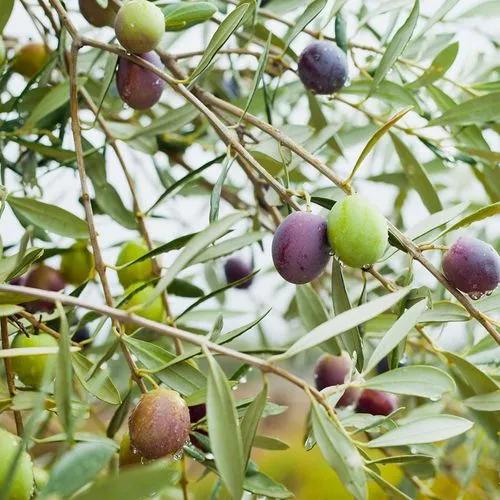The yaupon holly (Ilex vomitoria) is an evergreen shrub or small tree with green leaves and red berries that will add color to your garden throughout the year. Native to the southeastern U.S., yaupon holly is often planted as an informal hedge shrub or privacy screen since it requires minimal shaping and is available in several attractive slow-growing cultivars.The glossy green leaves are oval, up to one inch long, and feature fine-toothed margins. The tooths on the margin may be pointed or rounded. Each plant produces little greenish-white male or female flowers in the spring, though only the females will bear fruit—small berries that are usually red but sometimes yellow. The berries work well to add winter interest and provide food for birds and other wildlife.
Youpon Holly Care
Ilex Vomitoria



How to Care for the Plant

Water

Water the root ball two or three times a week for the first year after planting, then weekly thereafter. Well established plants can tolerate some drought.

Pruning

This shrub is often left more or less unattended to form informal screens, but it can also be lightly pruned at regular intervals to keep it shaped as a hedge.

Fertilizer

Feed lightly once a year in the spring, and avoid high-nitrogen fertilizers.

Sunlight

Youpon holly grows well in a full-sun to part-shade location. It thrives best with plenty of sunlight.

Soil

This shrub prefers sandy soil, but does quite well in other soil textures, as well. It has a good tolerance for salty soils, making it a good choice for planting near the ocean.

Temperature

A native to the southeastern U.S., youpon holly prefers the conditions common in that region—warm, relatively humid weather. It may struggle to survive winters in the northern end of its hardiness range.

Additional

Like all hollies, the berries of youpon holly contain ilicin, a mildly toxic substance that is considered dangerous to children and animals if eaten in large quantities. Symptoms are listed as "nausea, vomiting, diarrhea, and stupor due to depression of the central nervous system." The berries are unpleasant to the taste, however, so they are rarely eaten in sufficient quantities to be harmful; no fatalities are reported. But you should take care when using holly branches as indoor holiday decorations, as the berries may fall off and be consumed by pets or children.

Popularity

1,681 people already have this plant 167 people have added this plant to their wishlists
Discover more plants with the list below
Popular articles






